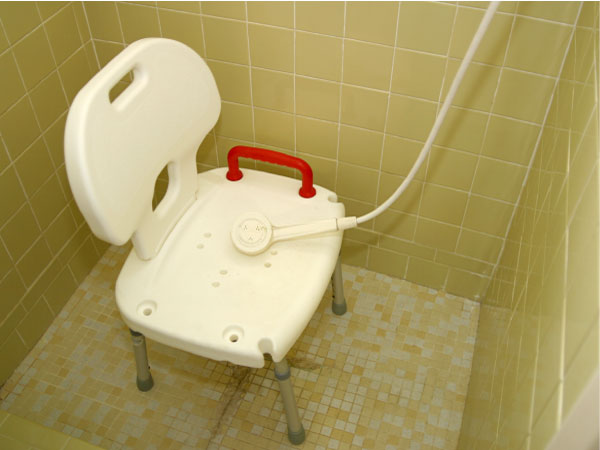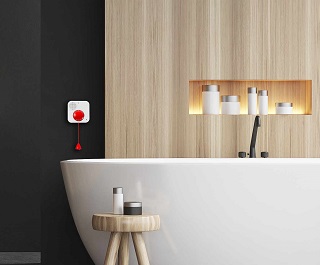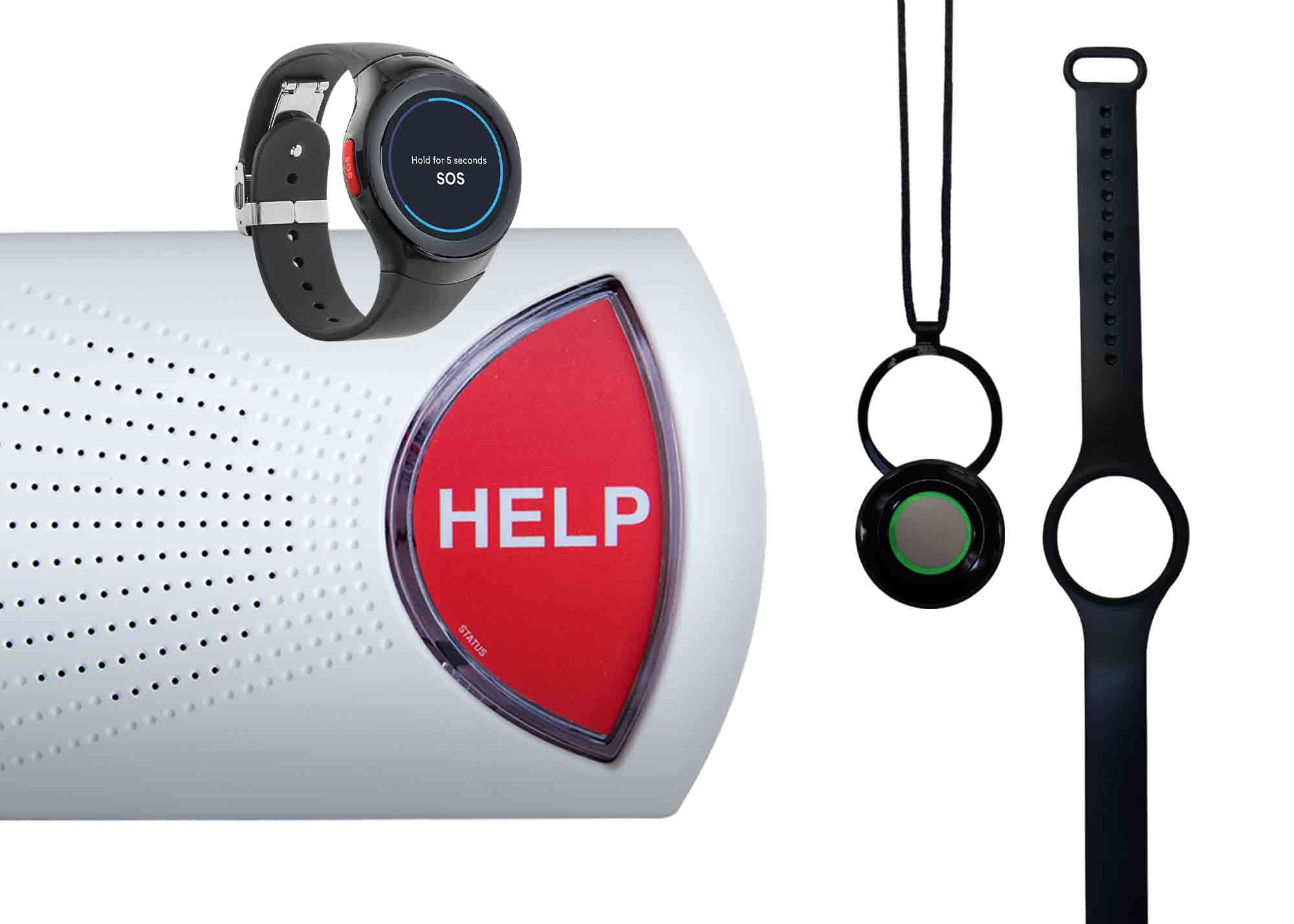Choose the Best Shower Chair for an Elderly Parent
August 28, 2023
The majority of adults plan to stay in their home as long as possible. This is called aging in place, and the AARP reports that more than 75% of adults over the age of 55 have it in their future plans. One of the keys to aging in place is finding ways to independently and safely perform activities of daily living, or ADLs.
Activities of daily living are the tasks we all do each day to care for ourselves. ADLs include showering or bathing, grooming, dressing, eating, ambulation, transferring, and toileting. As we get older, completing ADLs can become challenging. Arthritis pain might make dressing a bit more difficult or decreased strength and endurance might make standing in a shower feel like an impossible feat. For adults that need support with ADLs, aging in place becomes difficult and most move to a senior living community.
Fortunately, the right home modifications or supportive devices can make activities of daily living more manageable and safer for older adults. Shower chairs, for example, can offer a more realistic plan for daily showering and skin care.
Why Consider a Shower Chair?
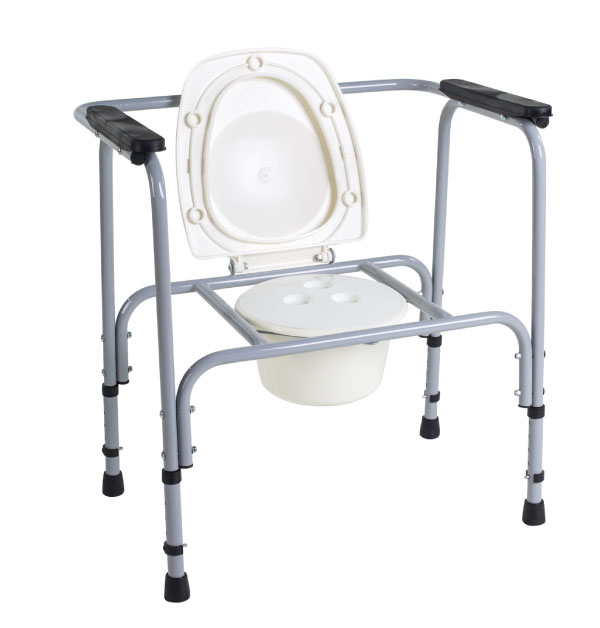
Anyone can be injured in a shower or bathtub fall, but these common home accidents are particularly dangerous for seniors and people with disabilities. Falls in the bathroom are quite common thanks to wet surfaces and the fact that the room is used multiple times throughout the day and night.
Showering or bathing is a complex task that requires strength, endurance, and mobility to complete. Some seniors find the task exhausting both mentally and physically. From stepping into a shower over the tub wall to reaching for soaps and turning around to rinse, lather, and repeat, it is no wonder why seniors must consider other options to the traditional shower/tub set up. Fortunately, there are options. Both walk-in tubs and shower chairs help seniors avoid dangerous falls that could send them to the hospital or even long-term care if the injury is serious.
The right shower chair can provide a safe place to sit and rest during the shower. When paired with a handheld shower head, the resident can eliminate the need to be standing on their feet for a majority of the task, which can decrease the risk of exhaustion, loss of balance, or a slip.
Walk-In Tubs vs. Shower Chairs
Although walk-in tubs can be quite luxurious, with water massage jets and other amenities, they’re costly and may require extensive bathroom renovations. Medicare generally does not pay for walk-in tubs. Shower chairs are generally not covered either, however, they are typically more reasonably priced. Prices range from $50 – $300. In addition, shower chairs are more portable, lightweight, and not always permanent, which can make it a more realistic option for older adults.
Types of shower chairs and bath seats
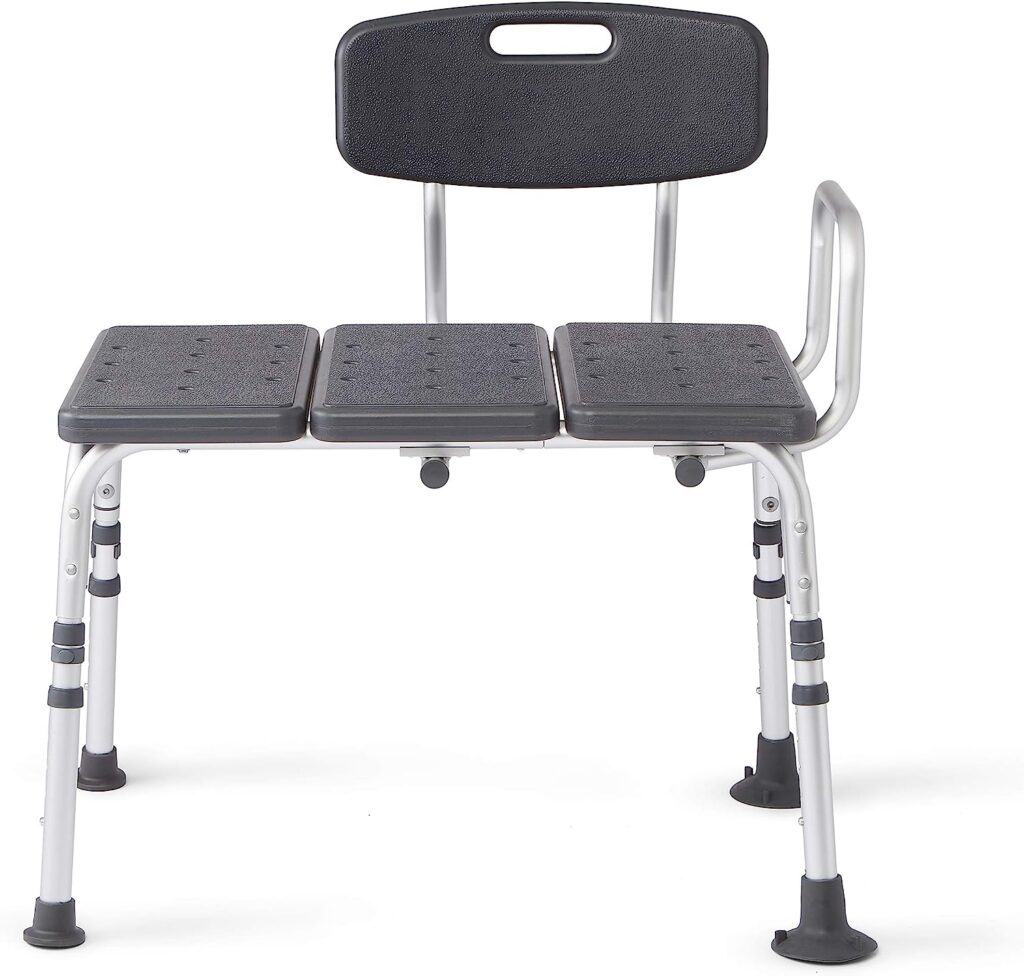
Not all shower chairs are the same. Each comes with different features to keep in mind when making a decision. Determining the type of chair you need begins with the person who will be using it. Consider their mobility, balance, and challenges they have with their current shower or bath set-up.
- Shower stool: This backless shower chair looks like a regular low stool, but is made with non-slip surfaces so that it remains stable in the shower. It provides a minimum level of support because there are no back or side armrests. People who have trouble standing and sitting without assistance should probably choose another type of chair.
- Shower chair with a back: This looks like a regular chair, but again is made to be sturdy and non-slip. This option provides more stability because of the arms and backrest which can better support someone who needs assistance with sitting down, standing, and remaining sitting for longer periods of time.
- Attached folding bath seat: These are physically attached to the shower wall, so they’re quite stable. This is a good option for small bathrooms/showers because it folds up when not in use. They are more costly though, and do require a minimal amount of installation.
- Transfer bench: If the person has problems safely stepping in and out of the tub, a transfer bench can help. These are larger than a basic shower chair because the bench straddles the side of the tub. Two legs of the transfer bench sit outside the tub and two inside. The person can sit down first and then slide into the tub while sitting on the transfer bench. This is an excellent option for someone who can use their upper body to slide from one side of the bench to the other, or for someone who is an experienced wheelchair user
- Rolling shower chair: This is a safe option for people with severe mobility issues because they can be rolled directly into the shower, stay in the chair while bathing, and then roll back out. If the person also needs help using the toilet, consider getting a rolling shower chair with a commode instead of purchasing both a shower chair and a raised toilet seat.
How to choose between shower chair options
Once you know what type of shower chair you need based on the challenges the person currently faces, it’s time to continue to narrow down your choices based on the bathroom you’ll be adding the chair to. Check the sizes offered and other options to make sure you get the best, safest shower chair that will fit into the bathroom.
- Size: Tubs and shower sizes vary, so always take measurements before purchasing a shower chair or bath bench.
- Height: The feet of the person using the shower chair should be fully on the floor when seated in an upright shower chair. Measure from the back of the heel to the crease between the knee. Check to make sure the shower chair will adjust to the height you need. Some manufacturers make chairs specially sized for very tall or short people.
- Weight capacity: A standard shower chair will usually hold at least 250 pounds. Check the weight capacity before you buy. People with more body mass may need a bariatric chair solution, which are readily available through various manufacturers.
- Materials: Most shower chairs and stools are made of either plastic or aluminum – or a combination of both materials. All-plastic chairs tend to be lower-priced, but there is little functional difference between metal and plastic designs.
- Reclining: A reclining shower chair is larger than a standard chair. They’re good options for people who have difficulty sitting upright or who need assistance with bathing.
- Fixed or folding: Some shower chairs and stools will fold flat for storage, much like a lawn chair. That’s a good option if space is limited or if you travel frequently and need to take the chair with you.
- Additional options: Shower chair options include side pockets for toiletries and a holder for a hand-held shower.
More Bathroom Safety Tips
There are more safety hazards in the bathroom than just the shower. Here are some other bathroom makeover ideas to improve safety:
- Grab bars: Place them next to the toilet and shower. They must be attached to wall studs and placed on the side of the strongest side of the body.
- Wall-mounted help buttons: Voice-activated help buttons offer an additional layer of security because you can call for help even if you can’t reach the button.
- Wearable medical alert button: A medical alert button with automatic fall detection will call for help even if you can’t.
Bay Alarm Medical specializes in medical alerts that you don’t have to wear. Place the standard or voice-activated wall buttons throughout your home. Help is literally just one call away! We also offer wearable medical alert buttons with fall detection. They’re a great option for active seniors who may experience a fall or other medical emergency outside the home.
Contact us at 1-877-522-9633 to learn more.
